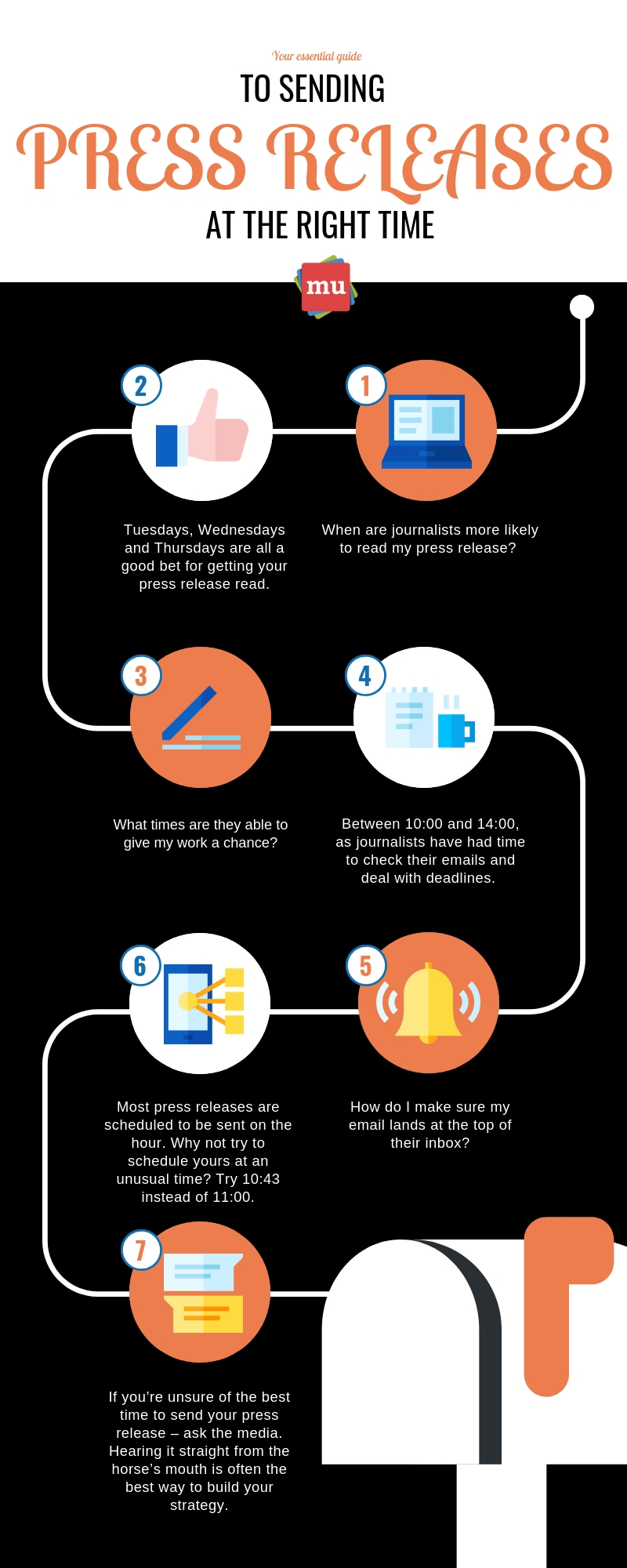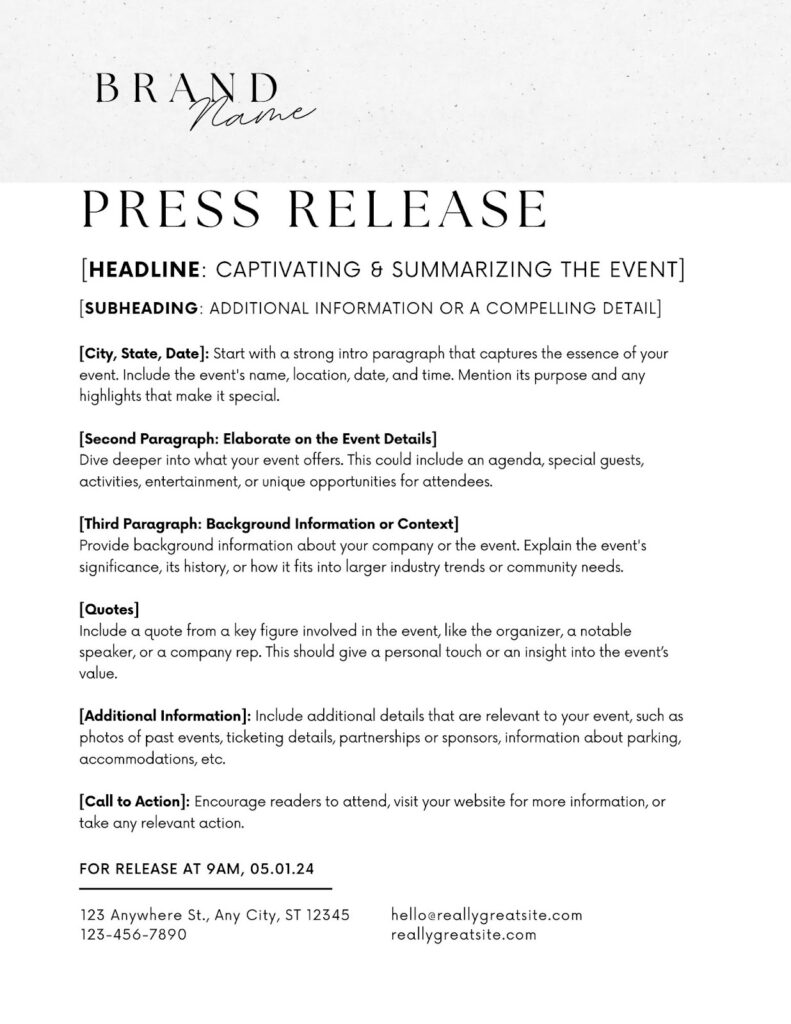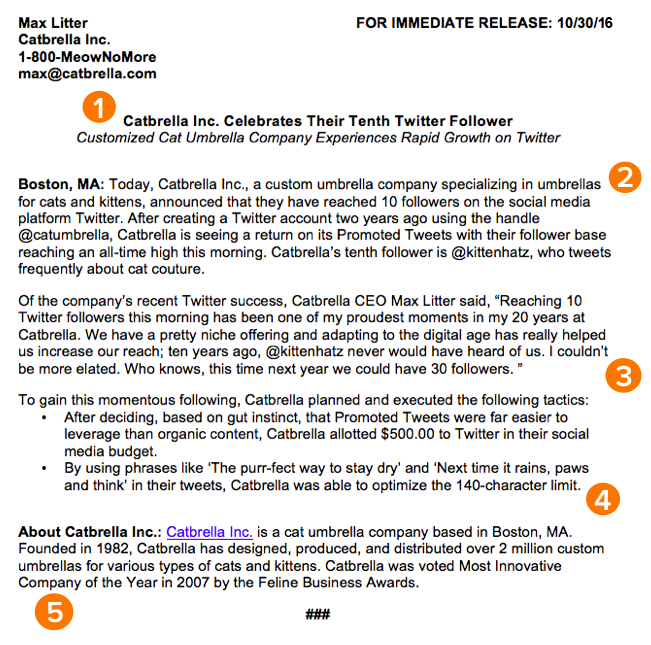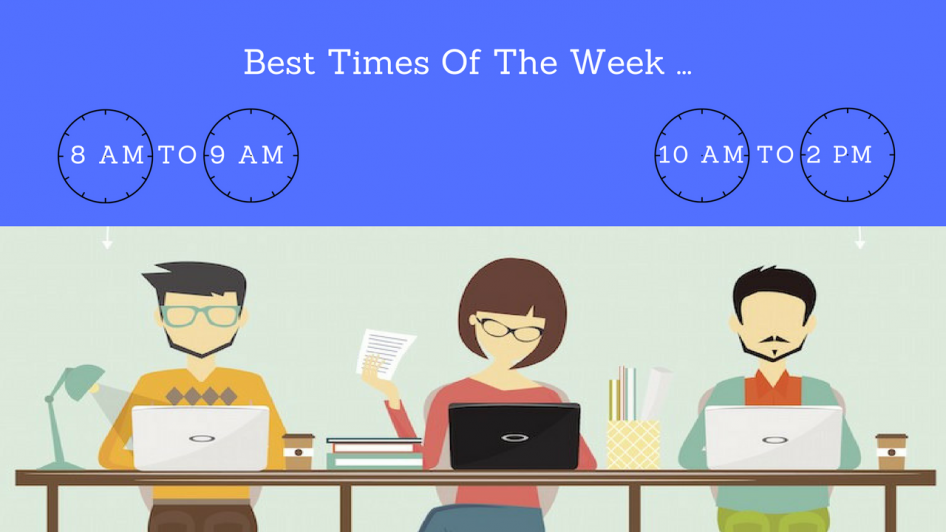Best Time To Send Press Release
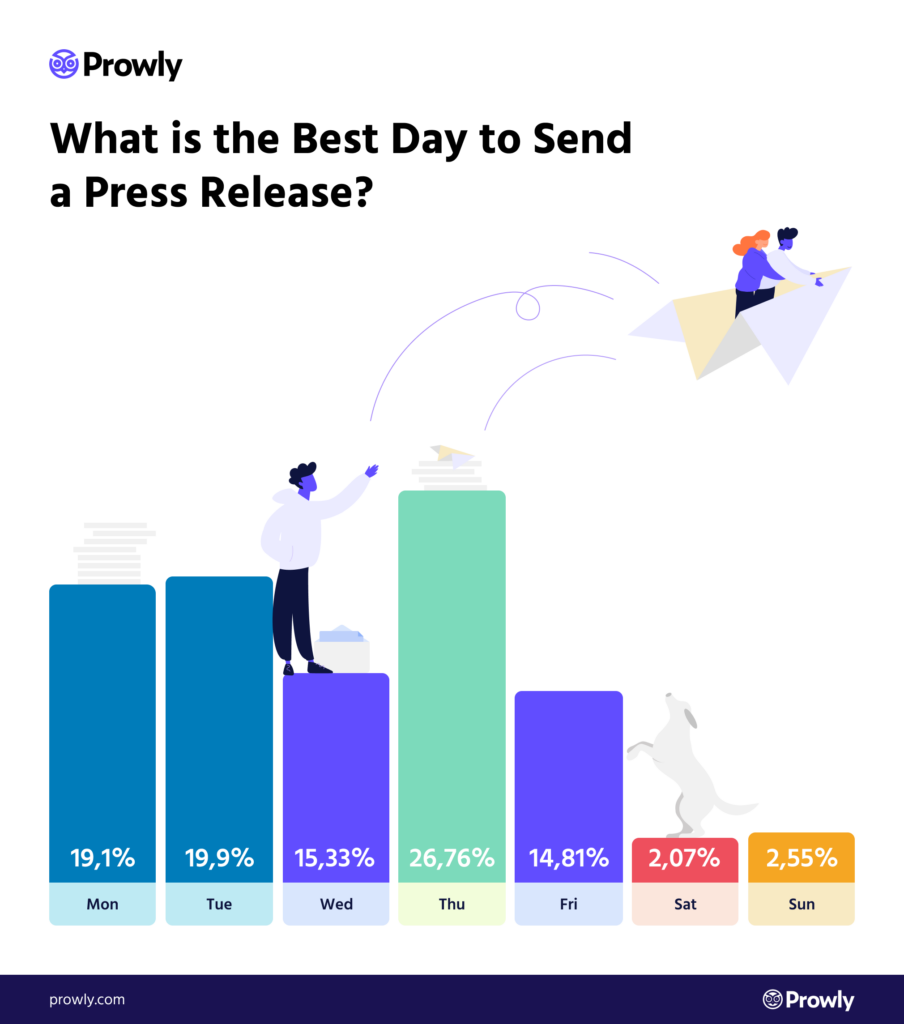
Imagine your fingers hovering over the 'send' button, the culmination of hours crafting the perfect press release. You've poured your heart into sharing exciting news, a groundbreaking innovation, or a pivotal company milestone. But a nagging question lingers: Will it land with a thud in an inbox graveyard, or will it capture the attention it deserves?
Finding the sweet spot, the golden hour for press release distribution, is crucial for maximizing visibility and impact. The optimal timing can dramatically increase the chances of your news being picked up by journalists, bloggers, and industry influencers, ultimately driving media coverage and boosting brand awareness.
This article delves into the art and science of press release timing, exploring data-backed insights and expert opinions to help you strategically schedule your releases for maximum impact. We'll unpack the factors influencing media consumption patterns and offer practical guidance to ensure your news reaches the right eyes at the right time, increasing your chances of securing valuable media coverage.
The Ever-Evolving Media Landscape
The media landscape has undergone a seismic shift in recent years, transforming from a predictable daily cycle to a 24/7, always-on environment. Traditional media outlets still hold considerable sway, but they now compete with a plethora of online news sources, blogs, and social media platforms for audience attention.
This fragmented attention span necessitates a more nuanced approach to press release distribution. Understanding the habits of journalists and the ebbs and flows of online traffic is essential for optimizing your timing strategy.
Traditional Media's Rhythm
Historically, Tuesdays, Wednesdays, and Thursdays have been considered the most favorable days to send press releases. This is largely due to the workflow patterns of traditional media outlets.
Reporters often spend Mondays catching up on weekend news and planning their editorial calendar for the week. Fridays, on the other hand, tend to be slower news days as journalists prepare for the weekend or focus on wrapping up ongoing projects.
However, even within these 'optimal' days, timing is key. Many experts recommend sending press releases in the morning, between 8:00 AM and 12:00 PM Eastern Time. This allows journalists ample time to review the information and potentially incorporate it into their daily news coverage.
The Digital News Cycle
The rise of digital media has added another layer of complexity to the timing equation. Online news sources operate on a continuous publishing schedule, meaning news breaks at all hours of the day and night.
Several studies suggest that mid-morning (around 10:00 AM or 11:00 AM) on Tuesdays or Wednesdays remains a strong choice for online visibility. This is when online traffic tends to peak as people settle into their workday and catch up on the latest headlines.
Analyzing website traffic patterns related to your industry can also provide valuable clues. Tools like Google Analytics can help you identify the days and times when your target audience is most active online.
Data-Driven Insights and Expert Opinions
Numerous studies have attempted to pinpoint the ideal time for press release distribution. While findings vary slightly, a few consistent trends emerge. Mondaq, a professional knowledge platform, suggests that Tuesdays are the most popular days to send press releases, followed by Wednesdays.
However, this popularity can also lead to increased competition for attention. PR Newswire, a leading press release distribution service, has published data suggesting that Tuesdays and Wednesdays see the highest volume of press releases, potentially making it harder to stand out from the crowd.
"There's no one-size-fits-all answer," says Jane Smith, a veteran PR consultant. "The best time to send a press release depends on your specific audience, the nature of your news, and the goals of your campaign."
Smith recommends considering the following factors when determining your timing strategy:
- Target audience: Who are you trying to reach? What are their media consumption habits?
- News value: How timely and relevant is your news? Is it time-sensitive?
- Industry events: Are there any industry conferences, trade shows, or other events that could impact your timing?
- Competitor activity: Are your competitors likely to be releasing news around the same time?
Beyond Days and Times: Optimizing for Engagement
While timing is important, it's just one piece of the puzzle. A well-crafted press release is essential for capturing attention and driving engagement. Ensure your release is clear, concise, and newsworthy.
Include high-quality images and videos to enhance visual appeal. Optimize your headline and first paragraph to grab readers' attention immediately.
"Think like a journalist," advises David Lee, a former news editor. "What would make you want to cover this story? What are the key angles and takeaways?"
Finally, don't forget to proofread your press release carefully before sending it out. Errors and typos can damage your credibility and diminish the impact of your news.
Strategic Considerations
Consider the global reach of your news. If you're targeting international media outlets, adjust your timing to account for different time zones. Sending a press release at 10:00 AM Eastern Time might be ideal for U.S. journalists, but it could be too late in the day for European publications.
Think about the type of news you are disseminating. For example, if you are announcing a major product launch, it is wise to avoid announcing it on Friday afternoon, so you can be available during regular business hours to answer questions. Consider if embargoes are needed to give media outlets enough time to prepare their own reporting.
Be prepared to follow up with journalists and media contacts after sending your press release. A personalized email or phone call can help ensure your news doesn't get lost in the shuffle.
"Building relationships with journalists is key to long-term success," says Smith. "Take the time to get to know them, understand their interests, and provide them with valuable information."
Conclusion: A Blend of Art and Science
In the quest for press release perfection, there's no magic formula. The optimal timing is a dynamic blend of data-driven insights, industry knowledge, and strategic intuition.
While Tuesdays and Wednesdays in the morning remain popular choices, consider your target audience, the nature of your news, and the overall goals of your campaign.
By carefully analyzing these factors and continuously refining your approach, you can increase the chances of your press releases landing with the right impact, amplifying your message and driving meaningful results. Embrace the journey, experiment, and learn from each release – the world of media relations is ever-evolving, and adaptation is key.

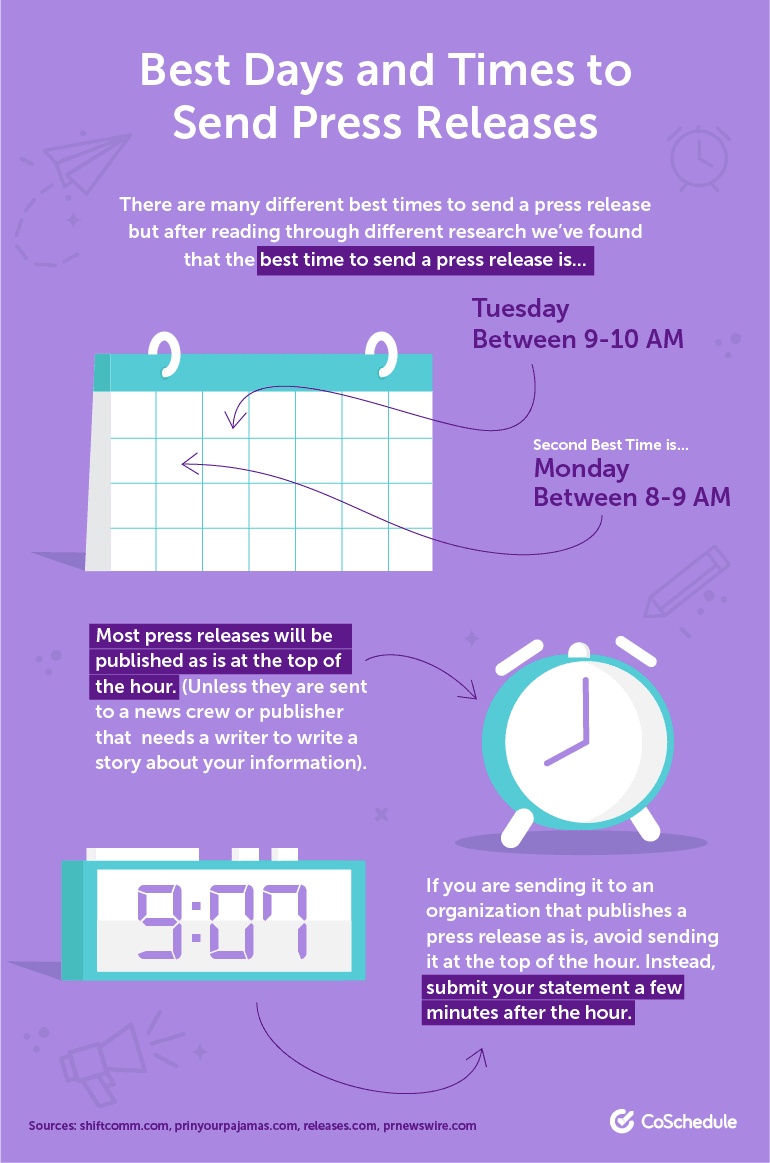

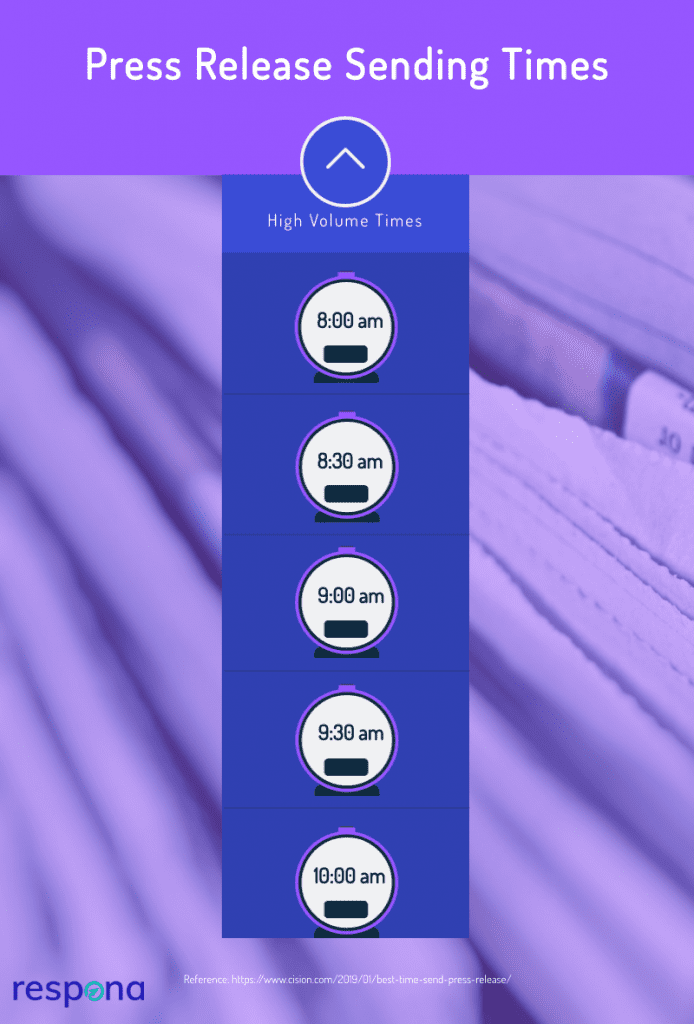
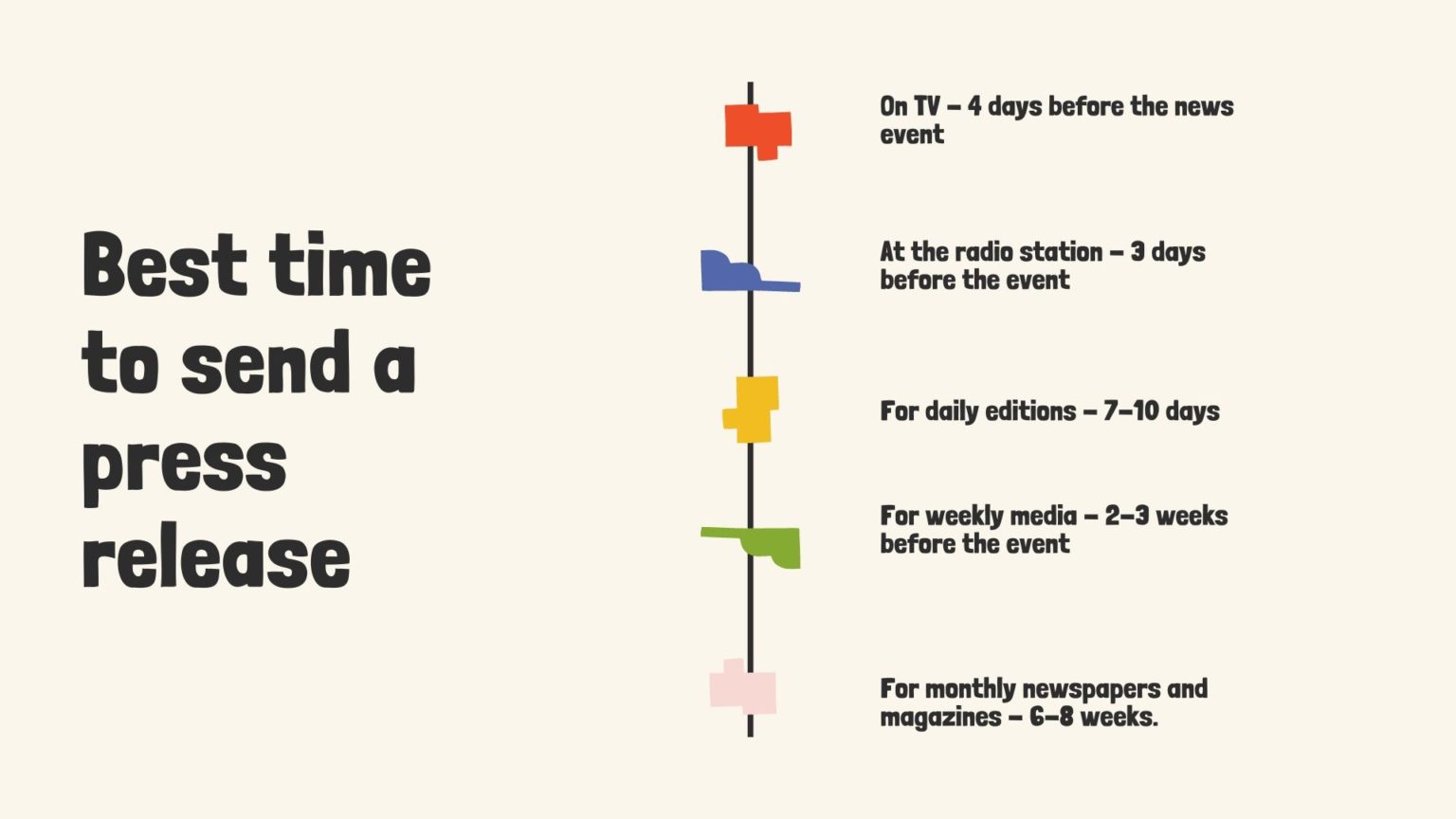
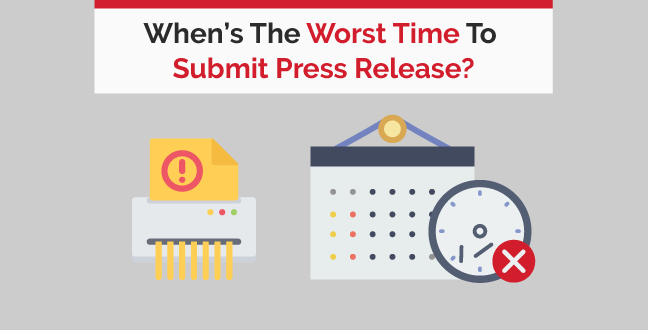



![Best Time To Send Press Release Best Time to Send a Press Release [2024]](https://intelligentrelations.com/wp-content/uploads/2022/10/Screenshot-2022-10-13-at-5.07.24-PM-1024x815.webp)
